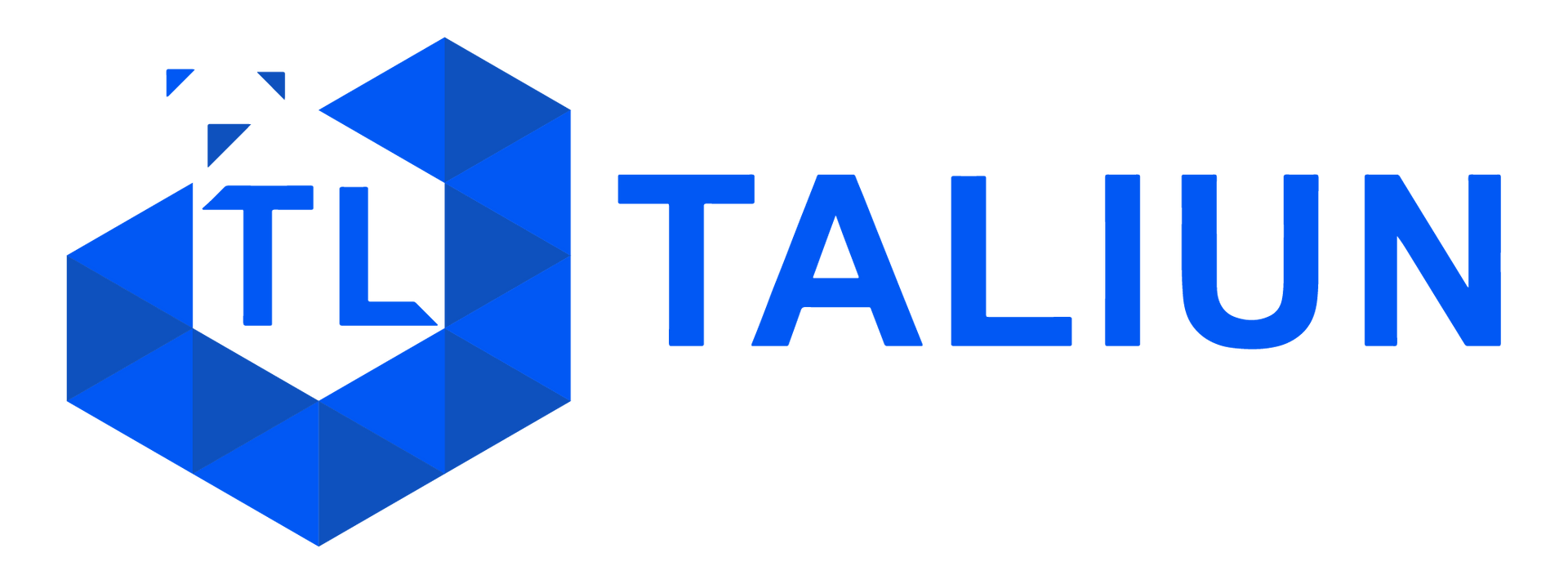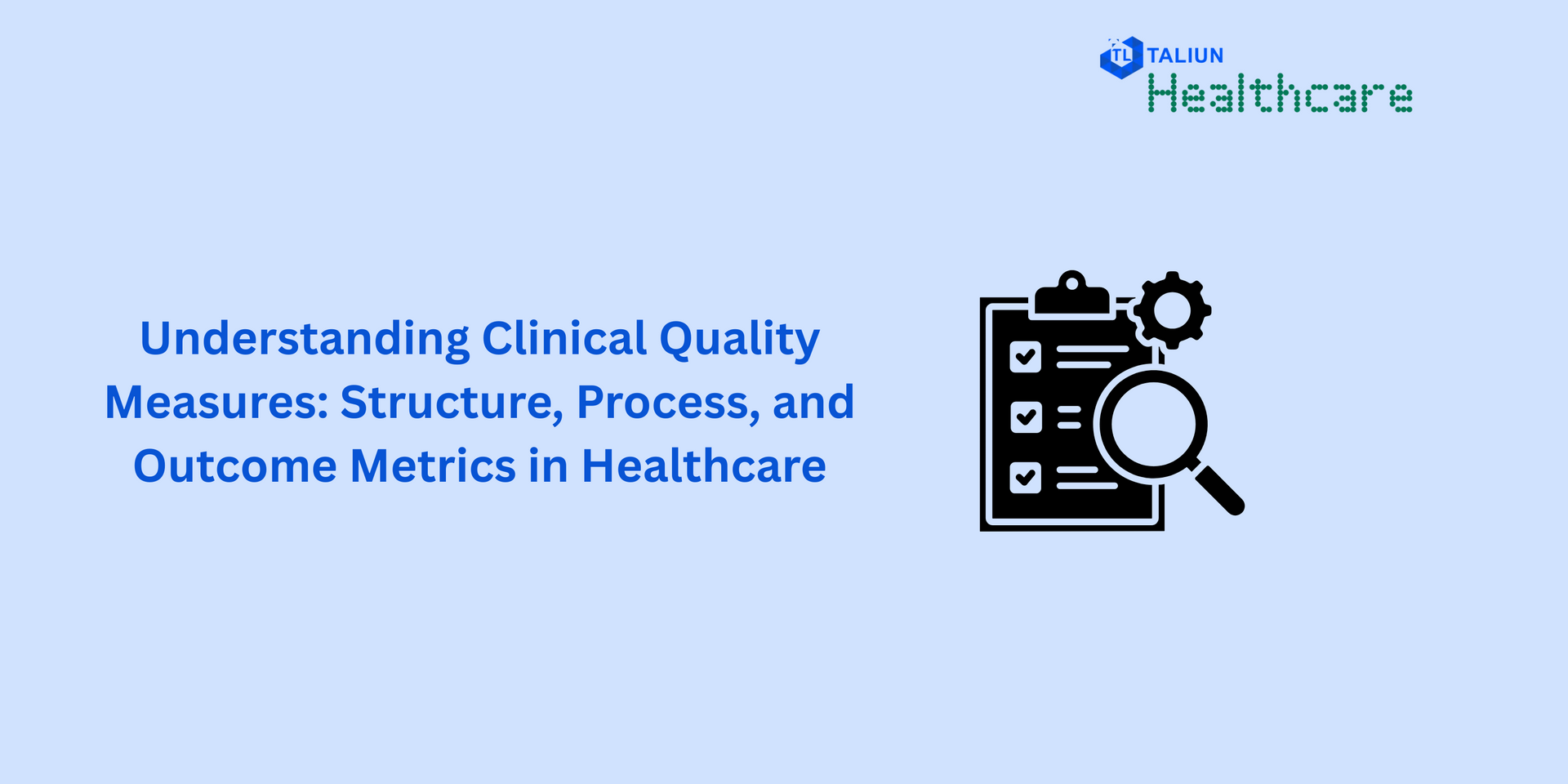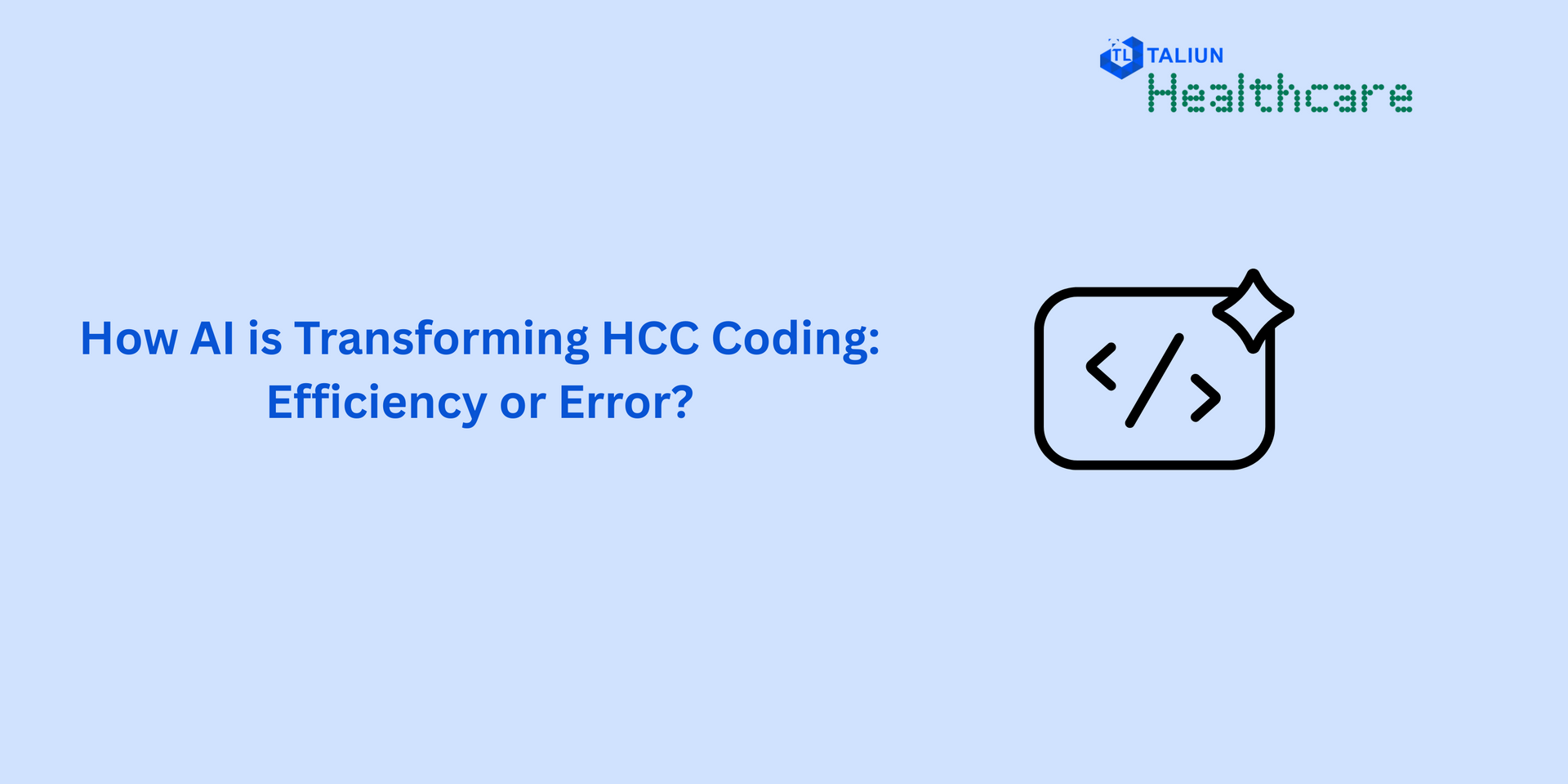What’s Population Health Management anyways?

Howdy!
We are back with some of the latest stories around digital health that is impacting our lives. Today we are going to explore some of the trends in population health and how the population health landscape is going to evolve and will go more virtual.
Definition
As per Wikipedia –
“Population health has been defined as "the health outcomes of a group of individuals, including the distribution of such outcomes within the group.”
“The global population health management market is estimated to be USD 21.5 Bn in 2020 and is expected to reach USD 49.2 Bn by 2025, growing at a CAGR of 18%
As published by Researchandmarkets.com
Some History
Population health initiatives have initially gained popularity, precisely the tide started on March 23, 2010 when President Obama signed the Affordable Care Act and because of the intent to manage and control the surge in cost, population health management was considered as one of the key strategies that will bring changes in healthcare delivery. Just after 1 year with the Patient Protection and Affordable Care Act (PPACA), US Department of Health and Human Services (HHS) proposed the guidelines for ACOs under Managed Shared Saving Program.
Transition to Value Based Care (VBC) from Fee for Service (FFS) and the impact:
The idea was to change the Fee For Service (FFS) model towards a Value Based Care (VBC) model, which meant transition into the payment models of risk adjustment and quality performance.
However, what it meant for the ecosystem of providers and payers, were bigger impact on following areas of the healthcare landscape:
Provider’s Impact:
- End to end patient engagement to create a continuum of care experience over a period of time to identify gaps in quality care, current state of the disease & risks for any adverse events or hospitalization
- Population monitoring and classification of patient not just by conditions but by their risk of getting sick
- Interoperable technology that focuses to acquire data from multiple systems and present better insights to health plans. Providers has to leverage Health Information Exchange to facilitate this aggregation of data
- Centralize the system/data warehouse that hosts the aggregated data from multiple systems. These data are usually then collected in registries or processed via supplemental applications. Registries are population wide databases and shouldn't be only for similar classification of patients
- Care Coordination that focuses on improved outcomes and streamlined operational efficiency
- Analytics that focus on Accurate and Actionable Data
- Comprehensive patient education around managing the patient conditions
Payer’s Impact:
Health insurers shall be leveraging predictive modeling algorithms, that can help forecast which patients are likely to have significant health costs.
Some health plans are already bringing up tools that shall help in identifying patients who may be hospitalized or suffer complications in coming months. From a payer standpoint these are valuable information as they can literally come up with plans focused on these groups of population.
Such patients are then proactively reached out for preventive care alerts and timely interventions will ensure droppage in patient visits. In case of patients requiring follow ups, all such patients alerts can be reported to the provider for their attention.
Where are we today?
With a continuous shift to Value based programs, CMS has come up with a number of initiatives like Hospital Value Based Purchasing under Hospital Quality Initiatives. This is an effort to reward high performing providers for the quality of care they provide. There are number of programs that CMS has introduced like –
- Hospital Inpatient Quality Reporting Program
- Inpatient Psychiatric Facility Quality Reporting (IPFQR) Program
- Hospital Outpatient Quality Reporting Program
These programs finally adjust payments to hospitals based on the quality of care they deliver. CMS also makes the data available to consumers with the goal of driving quality improvement through measurement and transparency by publicly displaying data. This approach finally enables consumers to make more informed decisions about their health care.
Additionally during the post covid era, these programs will potentially also interface with virtual care strategies i.e. tele health programs integrated with remote patient monitoring capabilities to deliver larger care services to both urban and rural communities across the country.






